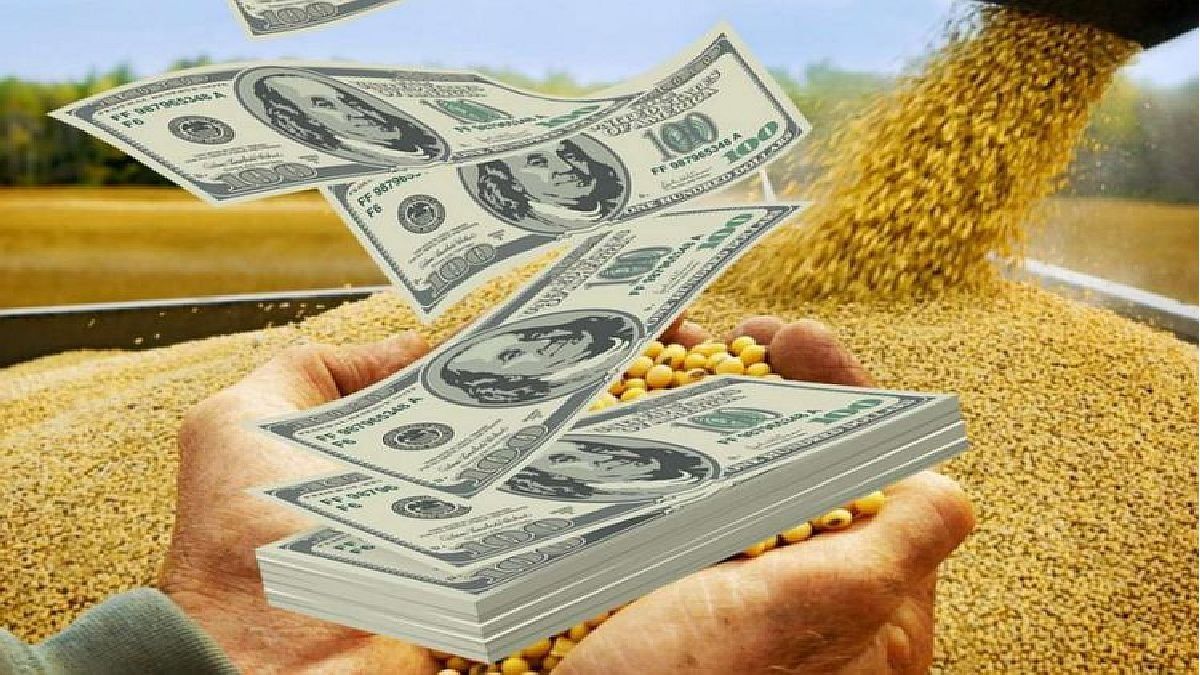According to official statistics from the beginning of the program, from November 28 to December 28, a little more than 5.7 million tons of soybeans in contracts and final fixings. Regarding the Affidavits of Sales Abroad (DJVE), the cumulative total amounts to more than 4.6 million tons during the validity of this second instance. Meanwhile, it is worth noting that only during this week more than 2 million tons were registered.
The second edition of the soybean dollar also left a positive balance for agricultural producers who sold the merchandise they kept in their silos. It is that the available merchandise came to pay more than $100,000 per ton, something unprecedented in the market and that even made the sales records that were not updated to write down six figures jump.
Although the program began with average values above $80,000 per ton, on the second day there was a considerable drop that reduced sales. Immediately the agro-exporters had to go out to improve the values and that ended up convincing the agricultural producers who even received much more than in the first soybean dollar program when on average the ton was paid around $70,000.
In any case, the balance of both programs that sought to accelerate the inflow of dollars ended with a more than positive balance. In December, official purchases by the BCRA totaled around US$1.8 billion, up to December 29, and the accumulated amount was US$5.69 billion, exceeding the purchases of 2021.
What will continue from now on for the Government will be to manage the extraordinary income of dollars from December, the month in which foreign currency income traditionally falls, to spend the summer with some tranquility and more precisely until the arrival of the dollars next soybean harvest.
The scenario seems complex for next year because the drought is complicating the production plans for the corn and wheat campaign with losses that can well exceed US$10,000 million. The truth is that at the same time good news appears on the horizon and that is that international prices continue their upward rally in the final stretch of the year and even the oilseed is in the area of US$550 per ton.
The war between Russia and Ukraine, together with China’s greater opening regarding its zero Covid policy, would support the prices of agricultural commodities, at least in the first months of the year. In this way, while waiting for the possible rains that would only arrive in February, part of the production drops could be offset by the high international prices. That would be the most promising horizon for next year but everything remains to be seen.
Source: Ambito
David William is a talented author who has made a name for himself in the world of writing. He is a professional author who writes on a wide range of topics, from general interest to opinion news. David is currently working as a writer at 24 hours worlds where he brings his unique perspective and in-depth research to his articles, making them both informative and engaging.




